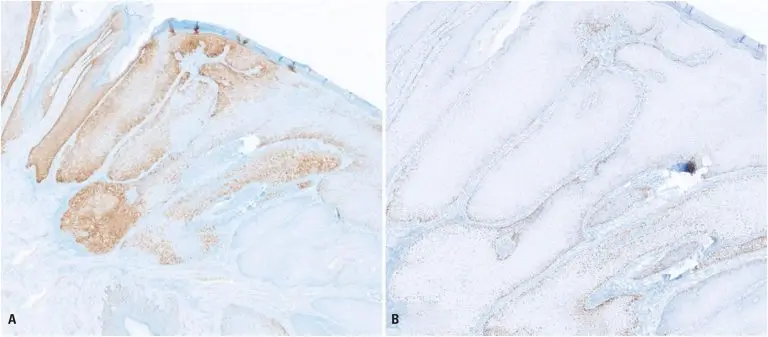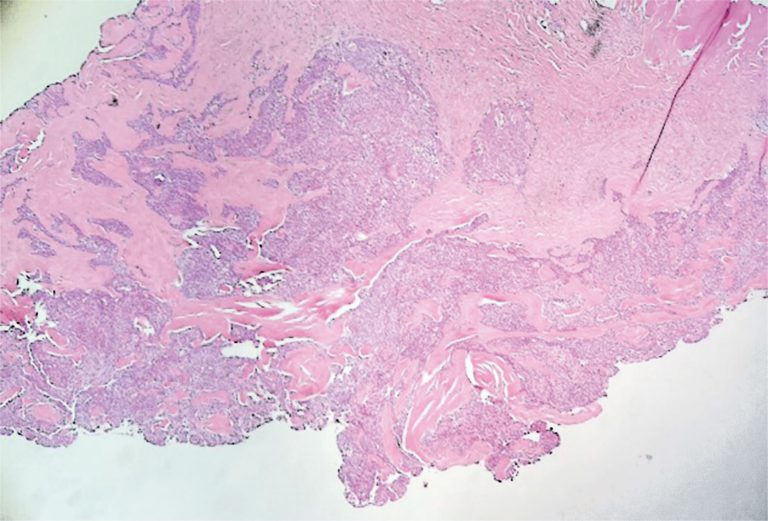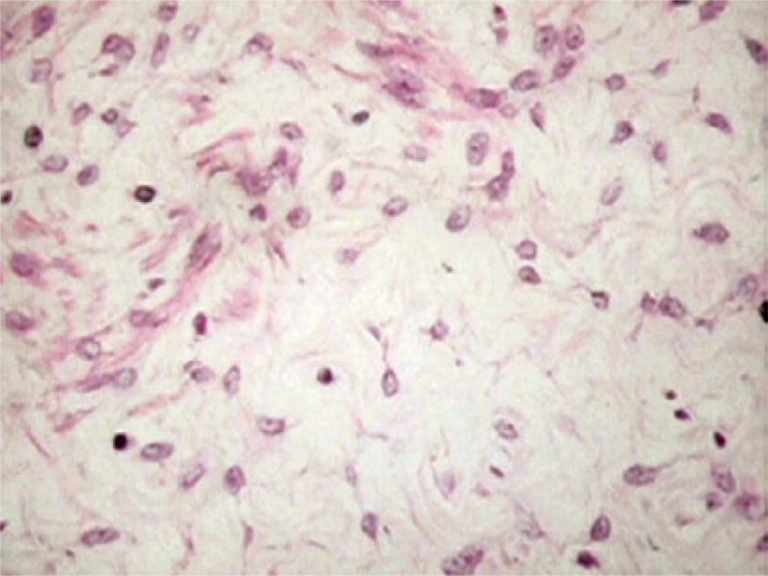13/out/2025
HPV-independent vulvar squamous cell carcinoma: a case report and review of the literature
DOI: 10.31744/einstein_journal/2025RC1482
ABSTRACT Vulvar cancer, a rare gynecological malignancy, accounts for 3-5% of cases and is most commonly squamous cell carcinoma. Prognosis is poorer in cancers unrelated to human papillomavirus (HPV), often associated with chronic inflammation. We report the case of a 42-year-old woman from São Paulo, Brazil, who presented with a vulvar lesion initially misdiagnosed as an ingrown hair. Despite treatment, the lesion progressed, and subsequent evaluation revealed invasive squamous cell carcinoma. Biopsy confirmed HPV-independent disease, with immunohistochemistry demonstrating aberrant p53 […]
Palavras-chave: Female genital neoplasms; Oncologic surgery; Infecções por papillomavírus; Squamous cell carcinoma; Neoplasias vulvares
10/mar/2025
Nodular vulvar lesions and its key differential diagnoses: a case report
DOI: 10.31744/einstein_journal/2025RC0362
ABSTRACT The etiologies of vulvar nodules range from infectious to neoplastic. Owing to the wide spectrum of vulvar diseases, clinical differentiation of the lesions is crucial for adequate diagnosis and management. A 46-year-old patient presented with a nodular lesion in the vulvar region that had been growing slowly for 10 years. Gynecological examination revealed the presence of a solid nodular lesion measuring approximately 3 cm in the middle third of the right labia majora without phlogistic signs or secretion discharge. […]
Palavras-chave: Adenoma, sweat gland; Diagnóstico diferencial; Gynecological examination; Sweat gland neoplasms; Neoplasias vulvares
09/jun/2015
Angiomixoma agressivo da vulva: relato de caso
DOI: 10.1590/S1679-45082015RC2952
Paciente do gênero feminino, 42 anos, com queixas de dificuldade ao urinar e aumento de volume na região vulvar há 1 ano. Ao exame ginecológico, apresentava extensa lesão na região vulvar. Biópsia da lesão foi inconclusiva. Realizou-se a exérese da lesão. A paciente permanece livre de recorrências há 15 meses. Este caso destaca a necessidade de considerar o angiomixoma no diagnóstico diferencial de massas de causa desconhecida na região vulvar.
Palavras-chave: Mixoma/diagnóstico; Neoplasias vulvares; Relatos de casos




